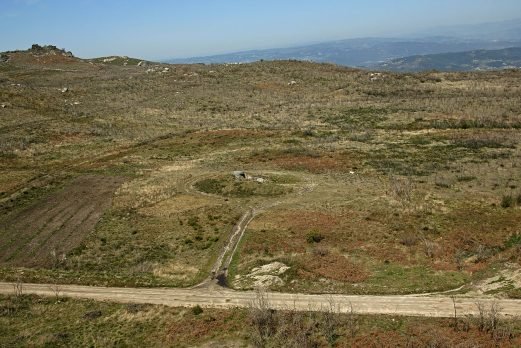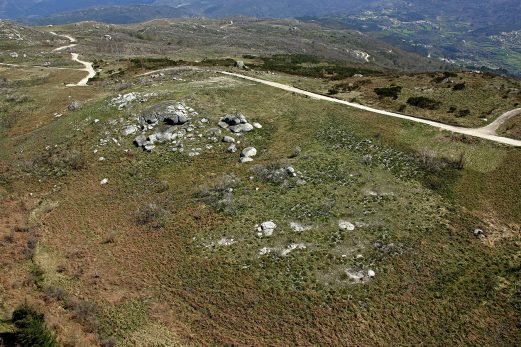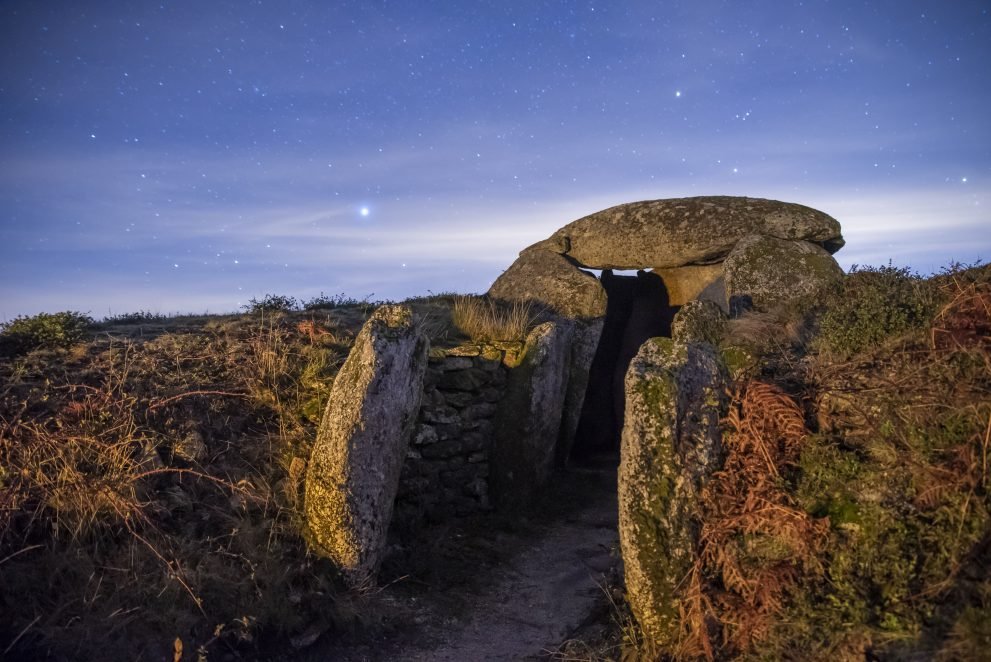The CAMPO ARQUEOLÓGICO DA SERRA DA ABOBOREIRA (C.A.S.A.) was a project created in 1978 under Vítor Jorge, the coordinator, aiming to create a permanent work unit as an active study and survey centre for archaeological mapping.
This project was born out of a study plan, submitted by Vítor Jorge to the IPPC in 1978, which was only directed at the megalithic set of Serra da Aboboreira. However, as traces of other type of structures were found – settlements in pits, burials in pits and open pits in the gravel – in various areas of the mountain area while the first archaeological works were carried out on the first megalithic monument (mound Outeiro de Ante 3), there was a necessity to broaden the chronological scope of the studies already started, as well as to open up the excavations to other researchers in 1979 (JORGE 1988: 2 and 3).
Continue Reading
The project C.A.S.A. also aimed to create an interdisciplinary research program within a given region and a given geographical space – serra da Aboboreira – in view of understanding how this area was arranged throughout the different eras (JORGE 1981: 2)
It is a project carried out within the framework of Spatial Archaeology and integrated research as it sets out to analyse human occupation and the evolution of the environment in a given territory throughout history.
The objective was to understand not only the settlement’s population growth, but also the way the soil was handled for agricultural purposes and the development of vegetation, fauna and climate during those eras (JORGE 1988: 1 and 2).
Collapse Text






















